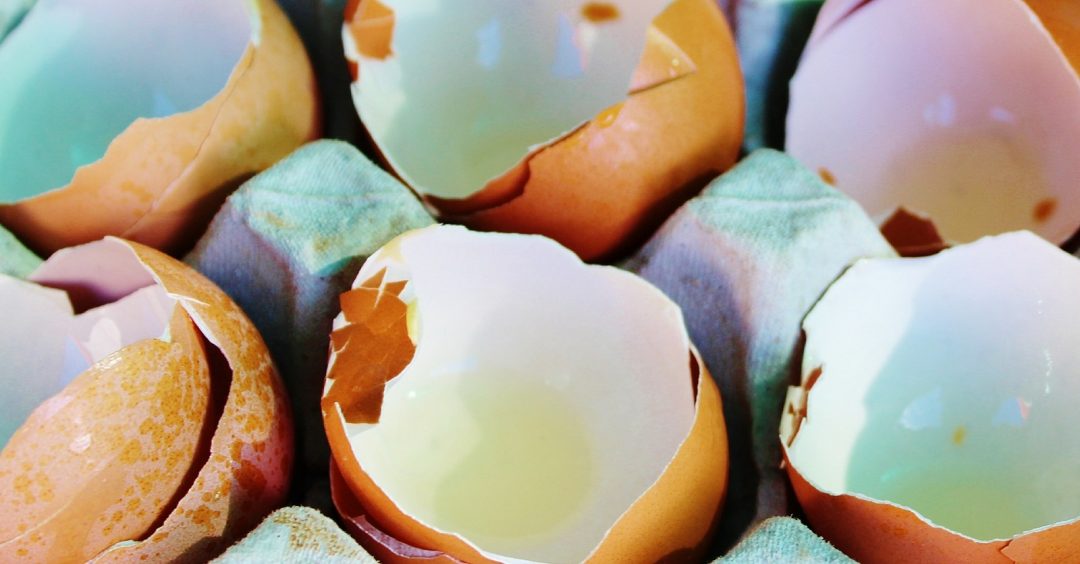Chicken eggs are used worldwide in large quantities in the food, pharmaceutical, and manufacturing industries, and for household purposes. However, after the egg is used, the shells are discarded and disposed of as bio-waste in landfills. The shell consists of a composite of calcium carbonate (CaCO3) and a protein-rich fibre membrane. “Surprisingly, there are always new examples in which natural substances have good to very good prerequisites for producing materials for electrochemical storage,” explains Professor Maximilian Fichtner from the Helmholtz Institute Ulm.
Together with his Australian colleagues, Fichtner discovered the promising electrochemical properties of chicken egg shells, which are able to store lithium well due to their high CaCO3 rate. The fine eggshell powders are used as an electrode against a metallic lithium anode in a non-aqueous electrolyte. Thereon, the cell maintained an excellent capacitance retention of 92% over 1000 cycles. Both the calcified shell and the shell membranes, including the inner and outer membranes, were used from the egg shells. The researchers washed, oven dried and crushed the shells to a powder and obtained a conductive material.
Egg shell waste has been used in a number of applications, including bioceramics, cosmetics and the dye industry. At the same time, the protein-rich, fibrous egg shell membrane has functioned as a separator in supercapacitors. Biowaste has now been used as an electrode for the first time worldwide. Further research and a detailed understanding of the electrochemical and physical behaviour of the material is needed in order to improve its performance and to enable its widespread use.

















